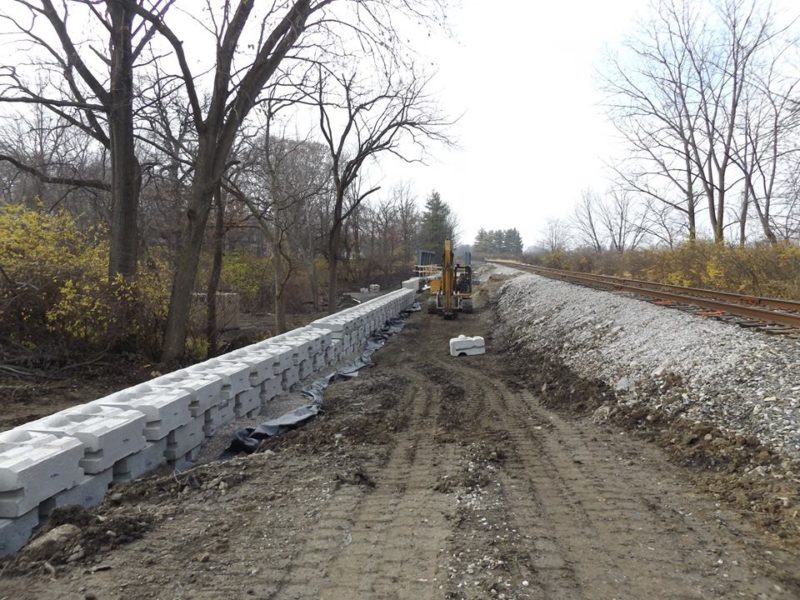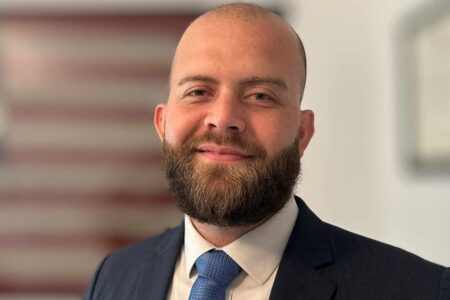
Share On Social!
The city of Columbus, Ohio (6% Latino population), unveiled the city’s newest bike trail, the Camp Chase Trail, in early August of 2016. The trail connects some of the city’s busiest streets for bikers and will provide much needed access to city streets.
“It’s a great trail that will absolutely connect the neighborhoods together,” said Chris Haydocy, president of Haydocy Automotive group and Weston Vision, a West Side economic and community development organization. “This trail really cuts across the heart of the West Side. It should have a direct and powerful impact on all these communities.”
The trail is a notable development as it reflects the Columbus’ progress on an issue that metro areas across the nation are currently struggling with: transit equity. Cities that have transit equity have access to work, education, and health-related opportunities while utilizing affordable transportation means.
According to the Prevention Institute and PolicyLink, 25% of all Latinos lack automobile access. In a report published by the organizations in 2009, “[a]ffected by high unemployment rates and lack of services, [Latinos] rely on walking, bicycling and public transportation to achieve economic stability.”
In order to reduce health disparities, it is critical to address inequities in programs, practices, and policies. Join our site, connect with others, and get involved.
In Columbus, the 15-mile Camp Chase Trail comprises a key stretch of the 300-mile Ohio-to-Erie Trail which runs from Cincinnati through Columbus. The trail is a connector for what has been many years an often-neglected area of town.
Cycling and walking trails have numerous positive effects on the communities they serve. Trails improve property values, provide safe, free public spaces for citizens to exercise, and provide essential modes of traffic for people who don’t own cars.
“The city of Columbus is working hard to make sure there are veins connecting West Side residents to the city’s wider transit infrastructure,” Haydocy said.
Read more about this story here.
Login and share this resource with others to help make a difference for the next generation.
Read stories similar to this one:
- NC Latinos Face Barriers to Healthcare Access #SaludAmerica #HealthEquity http://salud.to/2aCS6ZL @SaludToday
- Mass. incentivizes complete street projects across the state. #QualityOfLife #LatinoHealth #SaludAmerica @SaludToday salud.to/2axFAaL
Explore More:
Healthy Families & SchoolsBy The Numbers
142
Percent
Expected rise in Latino cancer cases in coming years




